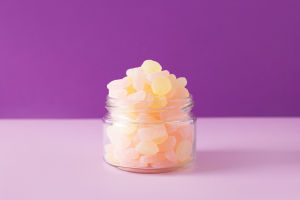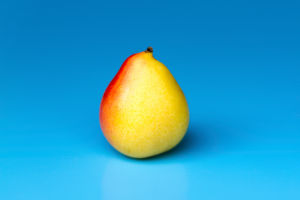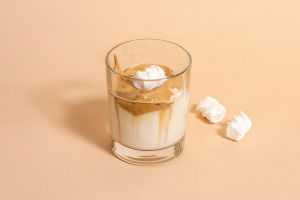Macarons, those delicate, pastel-colored confections, have taken the world by storm. Known for their light, crunchy shells, and soft, flavorful fillings, these small treats have become a global symbol of elegance.
But macarons weren't always the trendy sweet they are today. Their journey from the courts of French royalty to the shelves of patisseries worldwide is a fascinating tale of culinary evolution.
The Humble Origins in Italy
Although macarons are most famously associated with France, their story begins in Italy. The original macaron was quite different from what we know today. It was a simple almond biscuit made from ground almonds, egg whites, and sugar.
This early version was brought to France in 1533 by Catherine de' Medici, an Italian noblewoman who married King Henry II of France. Her Italian pastry chefs introduced the almond delicacies to the French court, where they were soon adored by the aristocracy.
Macarons in French Royalty
During the 17th and 18th centuries, macarons were popular among French nobility. They were a luxurious treat, often served during lavish banquets and royal feasts. By the time of Louis XIV, known as the Sun King, macarons were a symbol of French sophistication. However, they still hadn't developed into the two-part sandwich-style cookie we recognize today. Instead, they remained simple, single-layered almond biscuits.
It wasn't until the 19th century that macarons evolved into their modern form. This transformation took place in Paris, thanks to Pierre Desfontaines, a pastry chef from the legendary Ladurée bakery. Desfontaines had the idea to take two macaron shells and sandwich them together with a creamy ganache filling. This innovation not only enhanced the texture but also allowed for a variety of flavors to be introduced.
Ladurée and the Rise of the Macaron
Ladurée, founded in 1862, is often credited with popularizing macarons in France. The bakery became known for its high-quality macarons, with colorful shells and imaginative fillings like raspberry, pistachio, and chocolate. Ladurée's Parisian boutique soon attracted food lovers from across the city, and the macaron became a fashionable treat enjoyed by both royalty and commoners.
As Paris became the center of the world's culinary arts in the late 19th and early 20th centuries, macaron was one of its crowning jewels. Ladurée expanded its flavors and perfected its technique, establishing the macaron as a must-try delicacy for anyone visiting France. Tourists began to spread the word, and soon, macarons found their way into patisseries across Europe.
The Global Phenomenon
By the early 21st century, macarons had become a global sensation. With social media and food trends driving interest, these delicate cookies spread far beyond France. Cities like New York, Tokyo, and London saw an explosion of bakeries offering their own versions of the macaron, each vying to capture the elegance and charm of the original French treat.
In the United States, macarons quickly became popular as gifts, wedding favors, and luxurious snacks. They were celebrated for their beauty as much as for their taste, with Instagram-worthy displays of colorful macaron towers becoming commonplace at high-end events.
Why Macarons Endure
So, what about macarons that have made them so popular worldwide? For one, they are a perfect blend of art and science. Their creation requires precision, from the measurement of ingredients to the delicate baking process. Yet, they are also highly customizable, with endless possibilities for colors, flavors, and fillings.
Macarons also evoke a sense of luxury and indulgence. Their small size and rich flavors mean that each bite is a moment of refined pleasure. Whether you're enjoying a classic French macaron from Ladurée or a modern twist from a local bakery, there's something timeless about this elegant confection.
From their humble beginnings in Italy to their transformation in the hands of French pastry chefs, macarons have become much more than a simple cookie. They are a symbol of elegance, refinement, and culinary mastery. Today, macarons continue to captivate dessert lovers around the world, blending tradition with innovation in every colorful bite.


